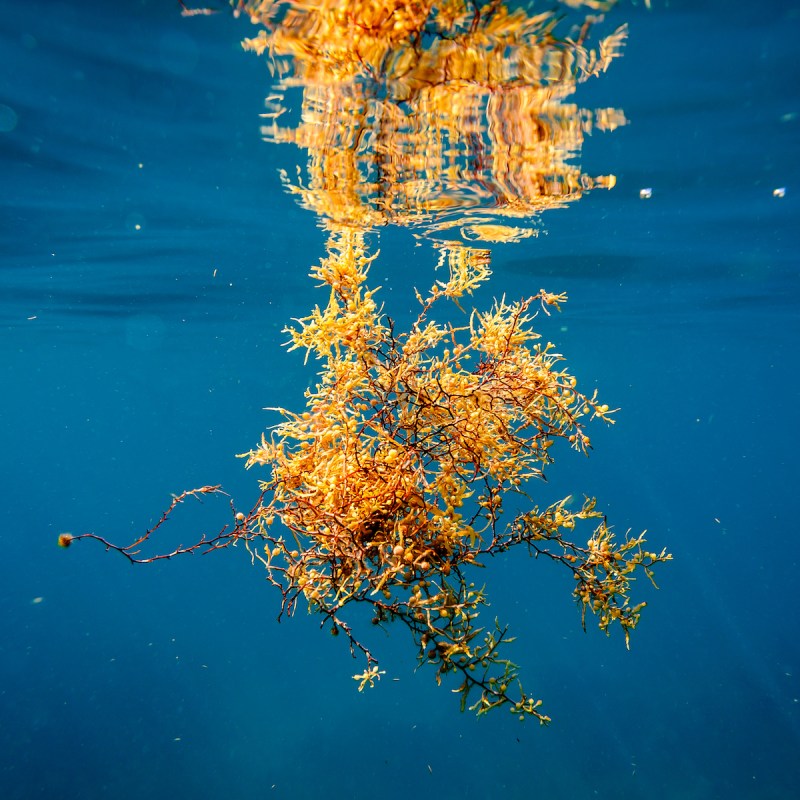
A giant seaweed blob is making its way toward the Caribbean and Florida. The 5,000-mile-wide seaweed bloom may be one of the largest in history.
Videos by TravelAwaits
Researchers say the blob will continue to accumulate and migrate west, creating beach hazards. Some areas of the Caribbean and Key West are already starting to see seaweed wash-up.
What Is Sargassum?
Sargassum is a brown seaweed that is an important habitat for certain animals — like crab, shrimp, sea turtles, and tuna — that have adapted to rely on it. When it washes up on shore, it rots and gives off hydrogen sulfide. This leaves a bad odor, similar to rotten eggs.
The Florida Department of Health says the seaweed itself can’t harm you, but small marine life that lives in the sargassum can experience skin irritation and blisters. The hydrogen sulfide can cause watery eyes and irritate your nose and throat. You may be more sensitive to it if you have asthma or other breathing conditions.
Impact On Beaches
Right now, it’s not known where the majority of the blob will go. Beaches in South Florida, like in Miami-Dade County, are already cleaning up the seaweed.
Not all of Florida will be impacted though. Researchers say parts of the blob will break off and could follow the Gulf Stream, which flows north along the east coast of Florida and turns eastward off of North Carolina, flowing northeast across the Atlantic. This means South Florida beaches, others along its east coast, and beaches in states to the north will also see the seaweed.
Researchers are closely monitoring it and will have more updates at the end of March.
What Is Causing The Sargassum?
The University of South Florida says, in 2011, large amounts of sargassum seaweed appeared in the Caribbean Sea creating environmental, ecological, and economic problems. It’s believed to be the result of climate variability and other natural and unnatural processes.
To read other articles about Gulf coast Florida beaches, check out:
